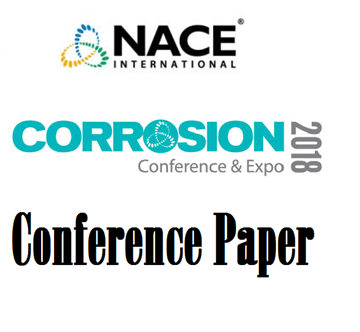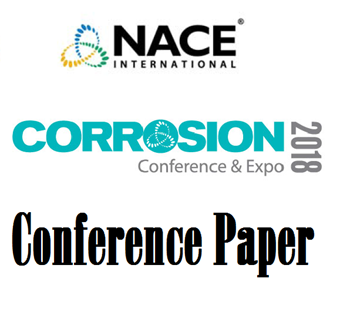Search
51318-11215-Analysis of Long-Term Data Logging Measurements on Pipelines Influenced by LRT Stray Current
Also Purchased
51318-10689-PIPELINE STRAY DIRECT CURRENT (DC) INTERFERENCE
Product Number:
51318-10689-SG
Publication Date:
2018
$20.00
51318-11270- DC Transit Stray Current Corrosion Control: Everyone Wins When You Work Together
Product Number:
51318-11270-SG
Publication Date:
2018
$20.00
11338 Stray Current Interference from a Light Rail Traction System
Product Number:
51300-11338-SG
ISBN:
2011 11338 CP
Publication Date:
2011
$20.00




